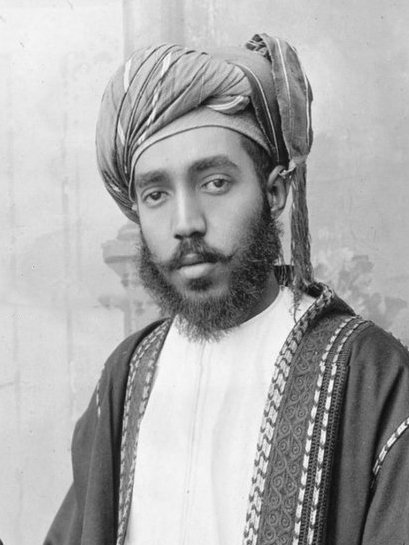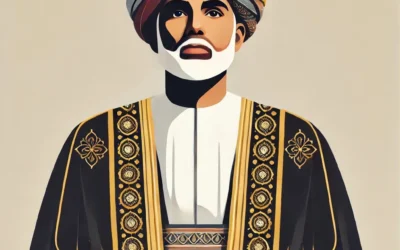One of his earliest challenges as Sultan was confronting the disturbances that occurred in several Omani regions in protest against his father’s decision to establish an arms depot in Ramadan 1330 AH (September 1912 A.D.). Sayyid Taimur led military campaigns to restore order and maintain stability in the country.
In May 1913, Sayyid Taimur confronted the Imamate forces and chose Salem bin Rashid al-Kharousi as the imam of Oman. He assumed the rule of Oman after his father’s death on 4 Dhul Qi’dah 1331 AH (October 4, 1913, A.D.).
Sayyid Taimur was a reformist who modernized Oman’s administrative system. In October 1920, he formed the first cabinet in Oman’s history, headed by his brother Nader bin Faisal. He also organized the customs administration and introduced modern administrative methods to the country.
The Sultan reformed the judicial system, reorganized the courts, added an administration for Islamic law, and established a nucleus for the organized Omani army. He established the first Royal School, the first regular public school, in 1930, providing education to the country’s youth and fostering a new generation of educated Omanis.
Despite his many achievements, Sayyid Taimur faced health challenges and an economic crisis in the 1930s. In light of these challenges, he relinquished the rule of Oman to his son, Sayyid Saeed, who succeeded him as Sultan.
Sayyid Taimur bin Faisal bin Turki Al Busaidi was a visionary leader who transformed Oman into a modern state. He introduced reforms that helped to improve the country’s administrative, judicial, and educational systems. His legacy lives on in Oman’s continued progress and development.




